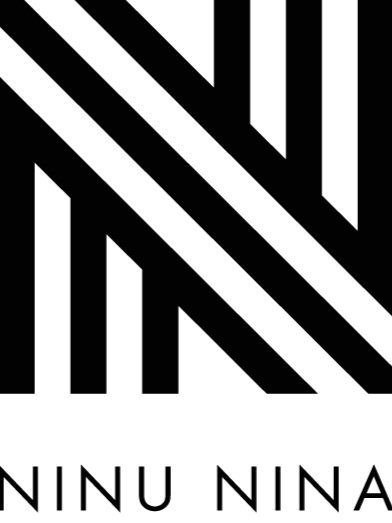Rem Koolhaas Goes Countryside, The Future
Guggenheim Exhibition Countryside, The Future
Countryside, The Future, is an exhibition addressing urgent environmental, political, and socioeconomic issues through the lens of architect Rem Koolhaas and AMO, the think tank of the Office for Metropolitan Architecture (OMA). The exhibition will explore artificial intelligence and automation, the effects of genetic experimentation, political radicalization, global warming, mass and micro migration, large-scale territorial management, human-animal ecosystems, subsidies and tax incentives, the impact of the digital on the physical world, and other developments that are altering landscapes across the globe.
“In the past decades, I have noticed that while much of our energies and intelligence have been focused on the urban areas of the world—under the influence of global warming, the market economy, American tech companies, African and European initiatives, Chinese politics, and other forces—the countryside has changed almost beyond recognition,” stated Koolhaas
This most necessary exhibition will mark the culmination of years of research into non-urban areas by the Dutch architect. "It's a cliche that everybody is living in the city," he said in a 2013 video interview with Dezeen. "Currently we are thinking about the countryside and what one could do in the countryside, and perhaps a new thinking about the countryside." He’s argued that the obsession with cities and neglect of the countryside had contributed to the election of Donald Trump as president.
"If you look at all the analysis, all the books, all the vast majority are about the city," he said at the time. "This focus has made us blind to what is happening in the countryside. So it is in our view not so coincidence that this is where the Trump voters were voting."
The exhibition will open February 2020 and close August 2020.
About Rem Koolhaas
Rem Koolhaas (b. 1944, Rotterdam) founded the Office for Metropolitan Architecture (OMA) in 1975 together with Elia and Zoe Zenghelis and Madelon Vriesendorp. He graduated from the Architectural Association School of Architecture in London and in 1978 published Delirious New York: A Retroactive Manifesto for Manhattan. His 1995 book S,M,L,XL, summarizes the work of OMA in “a novel about architecture.” In 2001 Koolhaas published with his students two volumes of the Harvard Project on the City, The Harvard Design School Guide to Shopping and Great Leap Forward, and in 2011 Project Japan: Metabolism Talks looked back at the Metabolism movement. His built work includes the Garage Museum of Contemporary Art in Moscow (2015), Fondazione Prada in Milan (2015), the headquarters for China Central Television (CCTV) in Beijing - described by some critics as a cynical work of propaganda and by others as a masterpiece. (2012), Casa da Música in Porto, Portugal (2005), Seattle Central Library (2004), and the Embassy of the Netherlands in Berlin (2003). Koolhaas designed the Guggenheim Hermitage Museum in Las Vegas, open from 2001 to 2008, and, in 1978, The Sparkling Metropolis, an exhibition on the top ramp of the rotunda of the Guggenheim in New York.
Current projects include the Qatar Foundation headquarters, Qatar National Library, Taipei Performing Arts Center, a new building for Axel Springer in Berlin, and the Factory in Manchester. Koolhaas is a professor at Harvard University and in 2014 was the director of the 14th Venice Architecture Biennale, entitled Fundamentals.
Some of his earlier projects infuriated many and sparked controversy, including a proposal to transform part of the Museum of Modern Art into a kind of ministry of self-promotion called MoMA Inc. (which was rejected) as well as a curious addition to the Whitney Museum that would loom over the building like a cat pawing a ball of yarn ( which was dropped). “ He works like a conceptual artist —able to draw on a seemingly endless reservoir of ideas.
About OMA
OMA is practically a factory for contemporary design; alumni include Zaha Hadid (a Koolhaas student), Jeanne Gang, Bjarke Ingels, MVRDV’s Winy Maas and Jacob van Rijs, Ole Scheeren and well, many more. n 1975, Koolhaas founded OMA in London with Madelon Vriesendorm and Elia and Zoe Zenghelis -focusing on contemporary design.
Read More
Read more: https://www.smithsonianmag.com/arts-culture/why-is-rem-koolhaas-the-worlds-most-controversial-architect-





